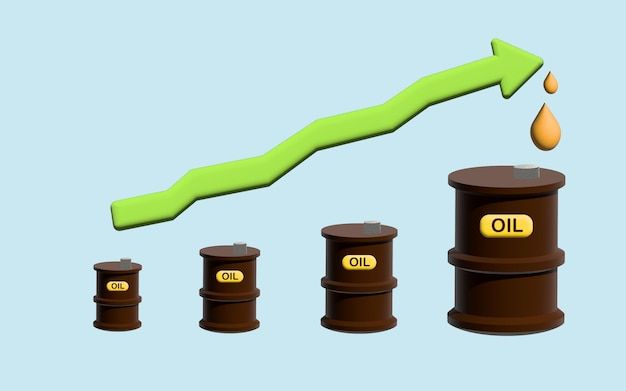Global oil prices have entered another phase of volatility as geopolitical tensions and new OPEC+ production decisions continue to influence market behavior. The energy sector, always sensitive to global events, is currently reacting to a complex mix of factors — including regional conflicts, shifting supply policies, and concerns over global economic stability. These developments are shaping investor sentiment and determining how much consumers pay for fuel worldwide.
Recent geopolitical events in the Middle East and Eastern Europe have once again pushed oil prices upward. Disruptions in supply routes and uncertainty surrounding regional stability are making markets more cautious. Traders fear potential production interruptions or sanctions that could restrict global oil flow, leading to temporary spikes in crude prices. Historically, such tensions have caused oil markets to respond quickly, reflecting how closely energy prices are tied to international politics.
At the same time, the Organization of the Petroleum Exporting Countries and its allies (OPEC+) are taking calculated steps to balance the market. The group recently announced adjustments to output levels, aiming to stabilize prices amid uncertain demand forecasts. Some member nations have agreed to extend voluntary production cuts, while others are preparing to gradually restore supply if global consumption strengthens. These coordinated actions demonstrate OPEC+’s ongoing influence over oil supply and pricing strategy.
However, balancing supply and demand remains challenging. On one hand, demand in Asia — especially from China and India — continues to recover as industrial activity and transportation volumes rise. On the other, economic slowdowns in Europe and North America have led to reduced fuel consumption. This uneven global recovery forces OPEC+ to continually reassess its production targets to prevent either oversupply or shortages that could destabilize markets.
Energy analysts also point to rising U.S. shale output as another key factor in the price equation. American producers have ramped up production in response to higher global prices, providing some balance to OPEC+ cuts. Yet, the flexibility of U.S. shale operations means that any sustained price increase can quickly lead to more drilling, which in turn tempers further price growth. This dynamic interplay between traditional oil exporters and independent producers continues to define the modern energy landscape.
Additionally, the transition toward renewable energy and cleaner fuels is reshaping long-term demand forecasts. Many nations are investing heavily in electric vehicles and green infrastructure, which could reduce oil dependency in the coming decades. Still, the world’s current energy systems remain heavily reliant on crude oil, meaning that geopolitical events and production shifts will continue to cause short-term fluctuations in price.
Investors are now closely watching OPEC+ meetings, economic reports, and conflict developments to anticipate the next movement in oil prices. Even slight adjustments in supply or policy announcements can trigger significant changes in the market. For consumers, these fluctuations often translate into varying fuel costs, affecting transportation, logistics, and inflation rates across economies.
As things stand, oil prices remain caught between supply-side caution and demand-side uncertainty. While OPEC+ strives to maintain market stability, unpredictable geopolitical developments continue to create tension. The coming months will likely see continued price swings as the global economy adapts to shifting production strategies, political risks, and the broader energy transition.
This ongoing tug-of-war highlights the complexity of modern energy markets — where political, economic, and environmental factors all play decisive roles. Whether prices rise or stabilize, one thing is clear: the balance between global oil supply and geopolitical stability remains one of the most critical factors shaping the world economy today.

